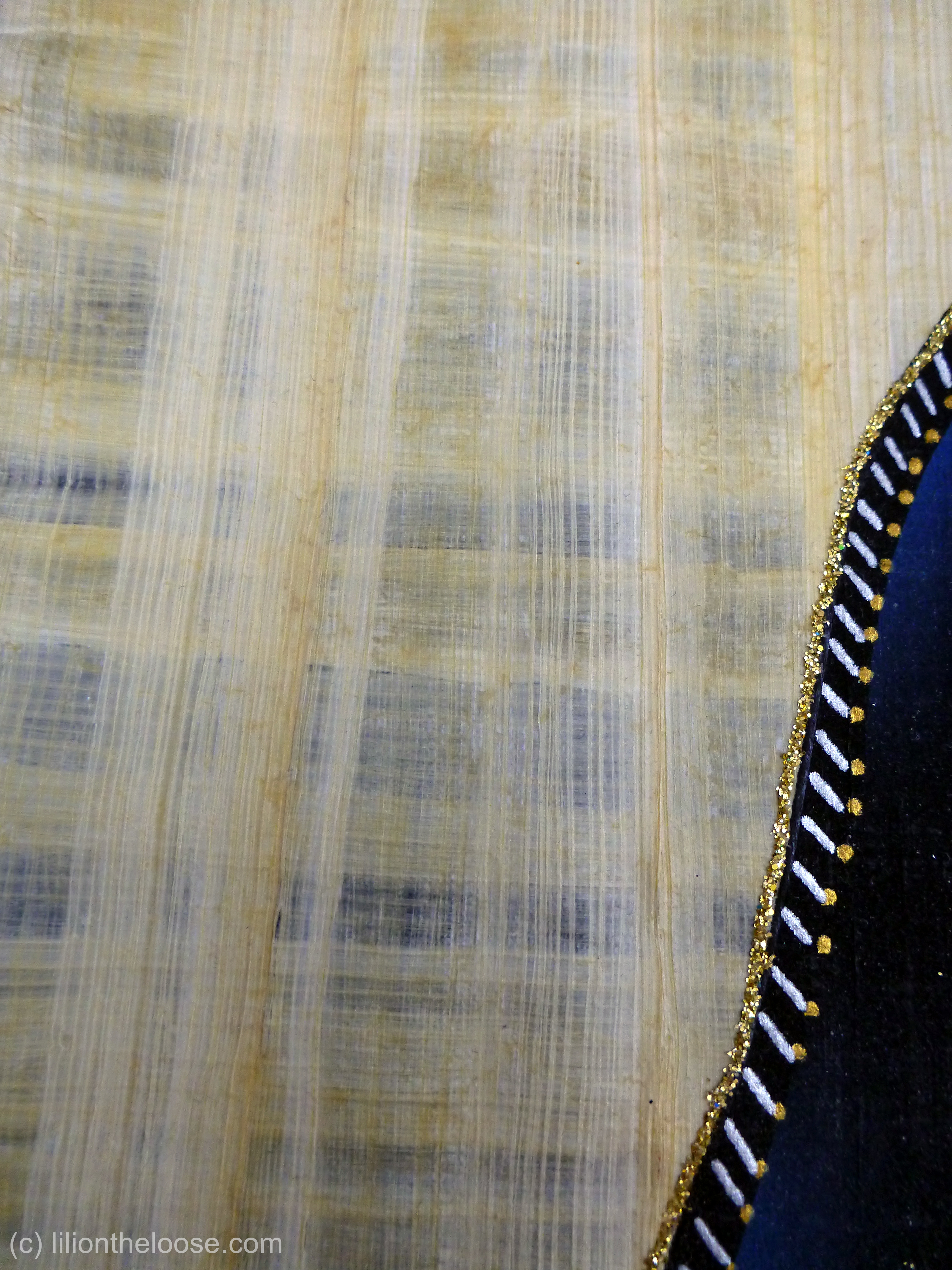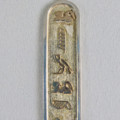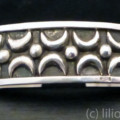Papyrus is the ancient symbol of Lower Egypt and you’ll see it everywhere in Egypt. Touts will wave bookmarks and small art at you on the streets. Sellers at historical sites will have them displayed prominently. And you’ll pass dozens of “Papyrus Museums” aka showrooms of the stuff. But you have to be very careful, as you could end up with cheap banana leave replicas, or artwork simply printed off a printer.
Real papyrus (as any of the “Museums” will show you) no longer grows wild on the banks of the Nile, and are made from Cyperus papyrus stems. These stems are soaked in water for a long time, anywhere from 4-6 days up to a month. Then the stems are stripped into thin pieces and weighed down to flatten for 6 days to 2 months depending on the color they want to make. This helps reduce the sugar content in the papyrus, making it stronger and long-lasting. Later these pieces are placed on a cotton sheet then pressed into place with a mallet in alternating directions. The remaining sugar helps to bind the strips like glue.
You can tell that it is real papyrus via the light criss-cross patterns. This process makes real papyrus stronger than normal paper and makes it difficult to tear. It is also technically waterproof, although the painting/design on it won’t be. Another way to tell real papyrus is that if you roll it, it will try to flatten itself back out. True papyrus is slightly opaque and will be heavier and stronger than the fake kind.
There are two kinds of papyrus, a light (as shown above) and a dark. The dark takes longer to make as it is aged more. You’ll notice the edges will be more fibrous. Note that the darker variety is not as strong as the lighter variety.
When looking to buy papyrus, look to see if it is hand painted with imperfections. Replicas are often fed through a printer and the paint may flake off. The major sellers (and “Museums”) will often give a stamp or seal with the purchase to certify authenticity.
Souvenir Saturday is an every-other week series on the items that represent travel memories.









I am not the owner of 2 papyrus art paintings on papyrus signed by Gamal which the owner wants to sell. I have never felt papyrus paper and so I don’t know if it is fake.
The art was stored amongst blankets and newspaper for over 10 years.
It has tears and on the actual painting. It feels light to me but I don’t know how heavy it should be. It also has fungus marks on the edge of the paper which if cut there is still space between the painting. Can I send you pictures of the paintings?
Can I still sell it and for how much? I won’t quote your name and details.
Thank you
I inherited a piece of art on papyrus. I am wondering if it could be valuable. How do I find out?